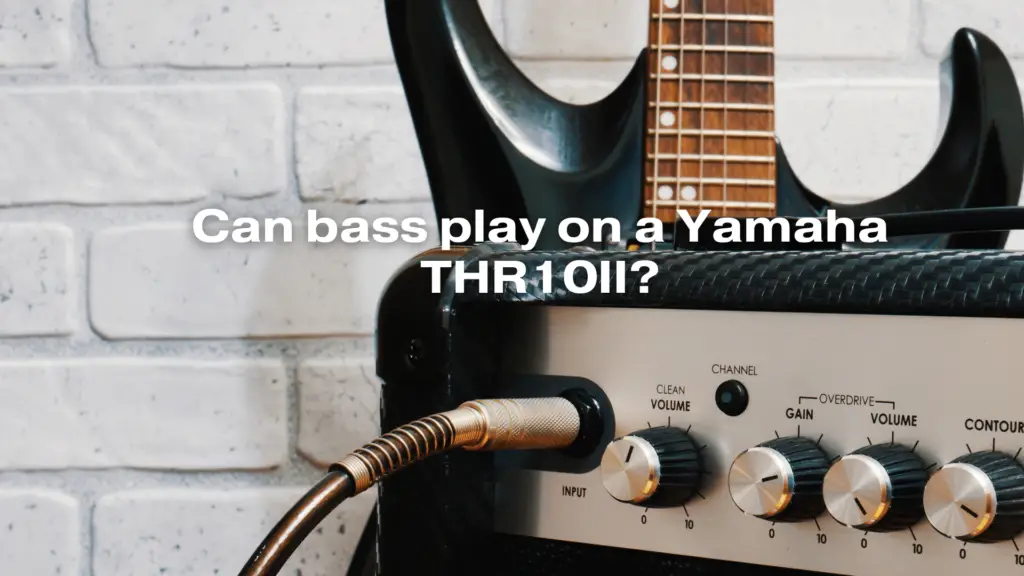The Yamaha THR10II is a popular and versatile amplifier known for its great sound, portability, and wide range of features. While it’s primarily designed for electric guitars, many musicians wonder if it’s possible to use the Yamaha THR10II with a bass guitar. In this article, we’ll explore the compatibility of the Yamaha THR10II with bass guitars, the advantages and limitations, and how to make the most of this compact amplifier if you’re a bassist.
The Yamaha THR10II: An Electric Guitar Amp
The Yamaha THR10II is marketed as a dedicated electric guitar amplifier. It features virtual circuitry modeling technology to replicate the characteristics of various classic amplifiers, making it an excellent choice for electric guitarists who desire a compact and versatile practice and recording solution. However, its primary focus is on catering to the needs of guitar players.
Advantages of Using a Bass Guitar with the Yamaha THR10II
While the THR10II is not specifically designed for bass guitars, there are some advantages to using it in certain situations:
- Portability: The compact design and lightweight nature of the THR10II make it an attractive option for bassists who need a portable practice or recording amplifier. It’s easy to carry and set up wherever you go.
- Basic Bass Tones: The THR10II’s modeling technology can produce decent clean bass tones. If you need a simple, clean bass sound for practice or recording, the amplifier can accommodate this need.
- Effects: The THR10II includes various effects that can be applied to bass, such as reverb, delay, and modulation effects. These effects can add depth and character to your bass sound.
Limitations and Considerations
Despite its advantages, there are some limitations to using the Yamaha THR10II with a bass guitar:
- Lack of Dedicated Bass Amp Models: The THR10II does not have specific bass amp models or settings, which means you won’t have access to the deep low-end response and tonal shaping options that dedicated bass amplifiers provide.
- Limited Headroom: Bass guitars produce lower frequencies and require more headroom than electric guitars. The THR10II’s 10-watt output may not handle the power requirements of a bass guitar at higher volumes.
- Risk of Speaker Damage: Using a bass guitar with the THR10II at high volumes can potentially damage the amplifier’s speakers or result in unwanted distortion.
Tips for Using a Bass with the Yamaha THR10II
If you choose to use your bass guitar with the Yamaha THR10II, here are some tips to help you get the best results:
- Keep the Volume Moderate: To avoid damaging the amplifier or causing distortion, keep the volume levels at moderate settings when using a bass.
- Experiment with EQ: Use the THR10II’s EQ controls to shape your bass tone. Adjust the bass and treble settings to find a balanced sound.
- Use the Amp’s Effects Sparingly: While the THR10II’s effects can enhance your bass sound, be mindful of their impact on your tone, as they were primarily designed for electric guitars.
Conclusion
In summary, the Yamaha THR10II is primarily intended for electric guitars and may not provide the full range of features and tonal options that dedicated bass amplifiers offer. While it is possible to use a bass guitar with the THR10II for practice or simple recording needs, it’s important to be aware of its limitations and potential risks, such as speaker damage at high volumes. If you are a bassist looking for a dedicated bass amplifier, you may want to explore other amplification options specifically designed to meet your bass-playing requirements.

